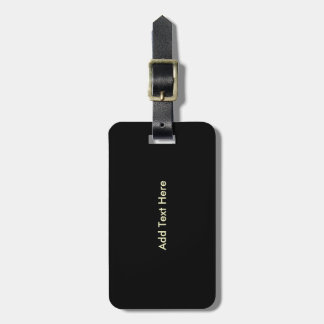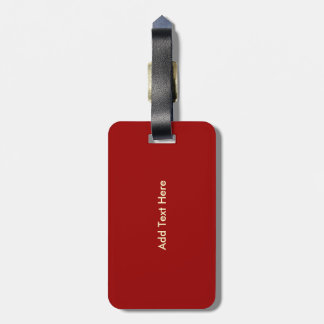When it comes to retail, it goes without saying that the Internet has brought a lot of opportunities. However, while opportunities are plentiful, buying via faceless machines has also caused a breakdown in the personal experience for shoppers. When shopping in traditional brick-and-mortar stores customers are presented with items that might compliment their purchase, be given advice on the products they are purchasing and be greeted with a sense of familiarity. When shopping online, this sense of personalization can be lost.
Whether your customer is shopping via their smartphone, their tablet or their computer, personalization should be a key consideration for the multi-channel solutions strategy. Personalized retail will help you understand your customers and optimize messages you’re sending to them, which can increase customer loyalty.
We’ve put together the following tips to help you personalize online shopping:
Translate the experience you offer in-store to your social media channels and show customers that you are prepared to go the extra mile. This means emailing or calling online customers when something comes back into stock, providing specific answers to customer queries (rather than stock answers), giving recommendations and just generally making customers feel like they are dealing with a knowledgeable human being rather than a machine.
Also consider writing regular blog posts and hands-on product guides that can be targeted toward specific audiences.
The same goes for anything customers share with you via social media or any comments that are made. Reply to each one with a personal response. If used right, social media is all about creating a community for your business. It can be used to give your customers a sense of belonging, show them that they mean more to you than the money they are spending and how they are representative of your brand.
We’ve put together the following tips to help you personalize online shopping:
Utilize any data you have
Collecting data doesn’t just mean dropping web cookies but, rather, looking deeper into customer interactions on your website.The data you hold could include customer service email logs, website behavior, product reviews, social media interactions and purchasing habits. Once you delve deeper into this data and piece it together you will see the bigger picture that will help develop a personal shopping experience.Engage in targeted marketing
Armed with your data, engage in targeted marketing. Why blanket market your products when not everyone will be interested? Doing this will only cause people to switch off, unsubscribe and become bored with your company. Market your products to those who you know will be interested with things like targeted emails or Facebook ads based on users’ interests.Utilize your knowledge and experience
If you are engaging in multi-channel retail, and have experience owning or running a physical store, be sure to make use of this expertise. Being hands on with a product and seeing it every day can really assist with giving your customers a personal experience. You can gain a leg up over larger competitors by offering personalized service, which is often something they often cannot provide.Translate the experience you offer in-store to your social media channels and show customers that you are prepared to go the extra mile. This means emailing or calling online customers when something comes back into stock, providing specific answers to customer queries (rather than stock answers), giving recommendations and just generally making customers feel like they are dealing with a knowledgeable human being rather than a machine.
Also consider writing regular blog posts and hands-on product guides that can be targeted toward specific audiences.
Add a sense of personalization to your website
Who doesn’t love the feeling of walking into a shop and being recognized? Sadly, it’s often lost through online shopping experiences, but there are steps you can take to create something similar via the web. Whether it is a simple “Welcome back John” when John has visited your website again or product recommendations that show you know your customer. One thing to consider is sending out emails when you know a customer may be low on a particular product. This works well for foodstuffs, supplements and office supplies.Stay social
In order to provide customers with a personalized experience the use of social media is a must. As previously stated, translate the experience you offer in-store to the experience you offer through social channels. If a customer asks a question via Facebook, reply to them personally. Don’t make the mistake of some larger retailers and reply to each query with a stock answer. This looks like you don’t have time for your customers.The same goes for anything customers share with you via social media or any comments that are made. Reply to each one with a personal response. If used right, social media is all about creating a community for your business. It can be used to give your customers a sense of belonging, show them that they mean more to you than the money they are spending and how they are representative of your brand.
Custpm Luggage Tags
$45.95




No comments:
Post a Comment